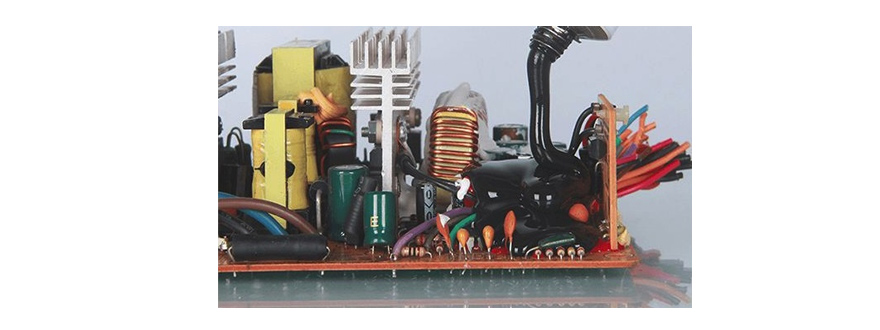What are the common problems with one-component silicone adhesive sealant?
Silicone adhesive sealant , also called room temperature vulcanized silicone rubber adhesive sealant, is a silicone adhesive that can be hardened in a greenhouse. In an open environment, a cross-linking reaction occurs under the action of moisture to form a rubber elastomer. According to the type of small molecules released, they are divided into dealcoholization type, deacetone type, deacidification type and deketoxime type. Among them, deketoxime type products will corrode copper and hard PC in a closed environment. When choosing Need to pay attention when using it. The following takes the ketone oxime type product as an example to illustrate the common problems of one-component bonding sealant.

1. How do single-component silicone adhesive sealant products achieve curing performance?
One-component condensation curing silicone rubber products are cured using moisture in the air. When curing, from the outside to the inside, usually under the conditions of 25°C and 50% RH, the one-component adhesive sealant can cure 3mm in 24 hours; it usually takes 7 days to achieve the inherent physical properties.
2. Why do silicone adhesive sealants have different surface drying times in winter and summer?
The surface dryness and curing speed of single-component condensation cured silicone rubber products are closely related to the ambient temperature. In winter, when the humidity and temperature are low, the glue will be surface dry and the curing speed is slow. In summer, when the humidity is high and the temperature is high, the glue will be surface dry and solidify quickly.

3. What is the temperature resistance of silicone adhesive sealant ?
Generally, the temperature range of silicone is -40°C to 200°C, and the long-term use temperature does not exceed 150°C. The use temperature range of special high-temperature resistant red silicone is -40°C to 250°C, and the long-term use temperature does not exceed 180°C. Temperature resistance is closely related to whether the colloid is completely cured. If the colloid is not completely cured, heating will cause bubbles, cracking, smoke and other undesirable phenomena.
4. Why does white silicone adhesive sealant easily turn yellow?
The ketoxime cross-linking agent, aminosilane tackifier and catalyst contained in the deketoxime type silica gel may be damaged due to the oxidation of the amino group or some chemical reactions of the catalyst under long-term ultraviolet light irradiation or in a high temperature environment above 80°C. Yellowing occurs on the surface. To improve the yellowing phenomenon, a special formula is required. For example, solar silica gel has good anti-yellowing properties. When the dealcoholized silica gel is not completely cured, the titanate catalyst that did not participate in the reaction will show up under heating conditions due to its yellow color, causing the colloid to turn yellow.

5. Why does the viscosity of silicone adhesive sealant differ in winter and summer?
The viscosity of the glue will change with temperature changes. In summer, the viscosity will decrease when the temperature is high. In winter, it is just the opposite, but it will be within the acceptable range.
6. How does the "aerosol" phenomenon of deketoxime silica gel occur in a closed system?
When deketoxime silica gel is used in closed systems, such as lighting, car lights and other industries, it sometimes produces a phenomenon similar to "aerosol" on the inner surface of the glass, which greatly reduces the transparency of the glass and affects the light transmittance and appearance of the glass. Spend. This is due to the fact that the butanone oxime released when the deoxime silica gel is cured during sizing in a closed system cannot be discharged into the atmosphere in time and accumulates and adheres to the glass surface; it is easier to avoid such aerosols by using the dealcohol silica gel. Phenomenon, because the products released by curing are alcohol substances, which are gases at room temperature and will not aggregate and adhere to the glass surface.

7. How to improve the curing speed of silicone adhesive sealant ?
When the curing thickness is greater than 6mm, it is recommended to use 2 times of gluing; increasing both temperature and humidity can accelerate the curing speed of the product, but the temperature should not exceed 50°C. Increasing humidity is better than increasing temperature.
8. How to remove silicone adhesive sealant ?
Before the silicone is cured: Use a putty knife to scrape off the uncured paste, and then clean the remainder with petroleum ether (120# gasoline). After the silicone is cured: First, use a knife or razor to mechanically scrape off as much silicone as possible, then use a solvent (120# gasoline, toluene, xylene or acetone) to remove various oil residues or silicone, and soak the silicone Let it swell in this solvent overnight before cleaning.

